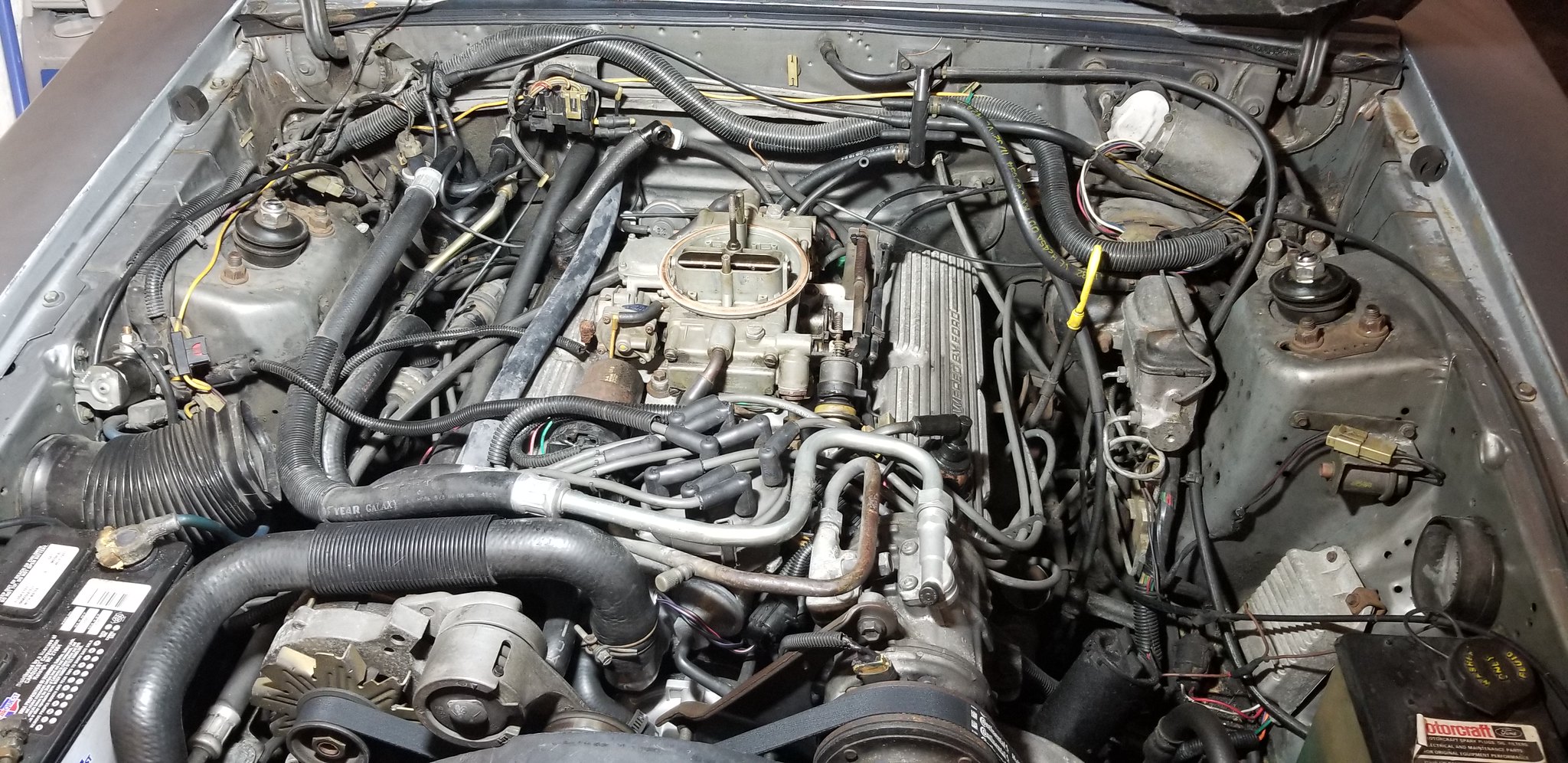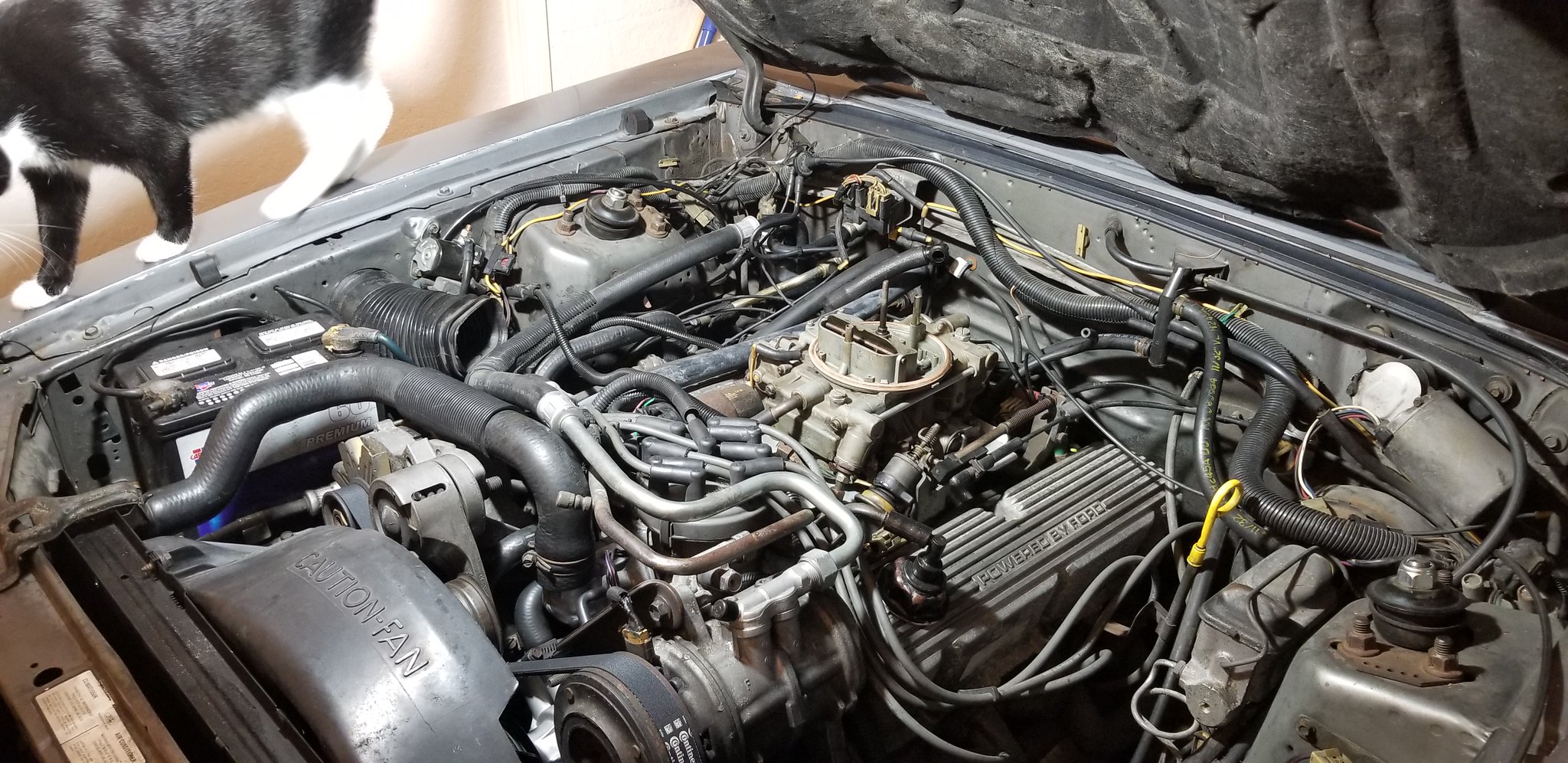Some of you may have seen my overflowing coolant thread. After much back and forth, the conclusion of that one was a head gasket.
So now I'm off to do head gaskets. A job I've never done before. Hopefully that's all it is. I've wrenched on a lot of different jobs, some very simple and others very complicated (like the timing chain guides on my BMW), but this is new for me. I've never gone as deep as heads. I want to make sure I do it right, don't miss any signs of other issues, and only have to do this once.
I'm going to use this thread to chronicle the job, gain some really great advice from you forum members, and get some info out there for others who may need to do this in the future. I'm not sure how much this will help on here, though, since I feel like the members on this forum have been wrenching for longer than I've been alive and can do this blindfolded.
First a brief history of the car and symptoms, and then deciding on which is the best head gasket to use.
My dad bought the car new out of the showroom in 1985, so the car has logged all 215,000 miles in our family. Most recently, I drove it down the coast from CT to FL without a single issue. It had the beginnings of leaky intake gaskets (which I did about 15 years earlier when I was in high school). When my wife and I finally settled down back in FL, I stopped driving the car until I replaced the intake gaskets and heater hoses. And then the heater core started leaking, so I replaced that. Shortly after that is when the car started getting hot, overheated, and coolant overflowing issue started that was the basis of the other thread. Last diagnostic test was a positive block test using the blue indicator fluid in the test tube put in the radiator. It changed to a green color from blue, indicating combustion gasses in the cooling system.
I am going to try a leak down test before tearing everything apart to double verify the diagnosis and try to localize the leak.






 Reply With Quote
Reply With Quote















Connect With Us